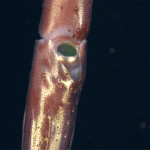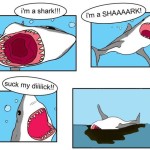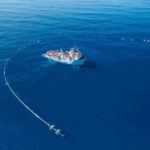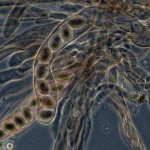Flatworms, also known as Platyhelminthes, constitute a phylum of about 20,000 species of rather uncomplicated invertebrates characterized by their soft bodies and lack of segmentation. They differ from other bilaterians, those animals that have bilateral symmetry during embryonic development, by lacking a body cavity and anyspecialized circulatory and respiratory organs. This limitation results in their flattened appearance, facilitating the diffusion of oxygen and nutrients through their bodies.

Jack and squat is known about free-living flatworms form the deep sea. Their fragile bodies are unlikely to be collected successfully in dredges and trawls. This means that outside of ‘potential platyhelminth’ from a wood fall and deep record of another species little else is known.
A new study adds to our limited knowledge of these beasties. Flatworm egg capsules were retrieved from rocks found approximately 6200 meters deep in a trench in the northwestern Pacific. Despite each capsule being a diminutive 3mm in size, they housed anywhere from 3 to 7 individuals. Through the application of genetic tools, the researchers identified a new species within a group previously only observed in shallow waters.
Kakui, Keiichi, and Aoi Tsuyuki. “Flatworm cocoons in the abyss: same plan under pressure.” Biology Letters 20.1 (2024): 20230506.






